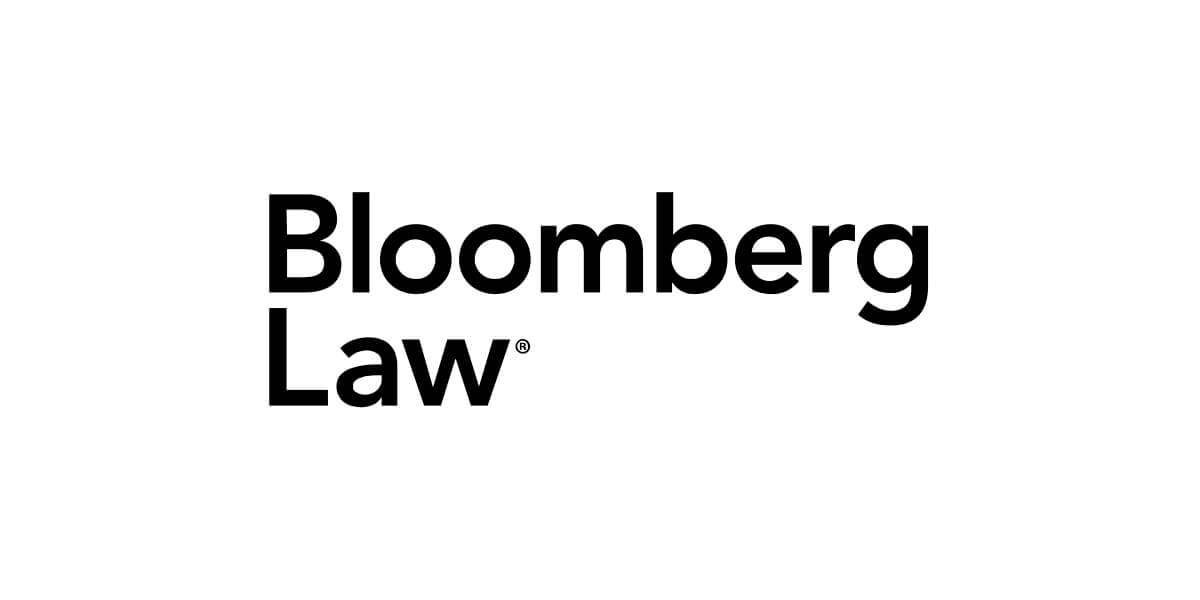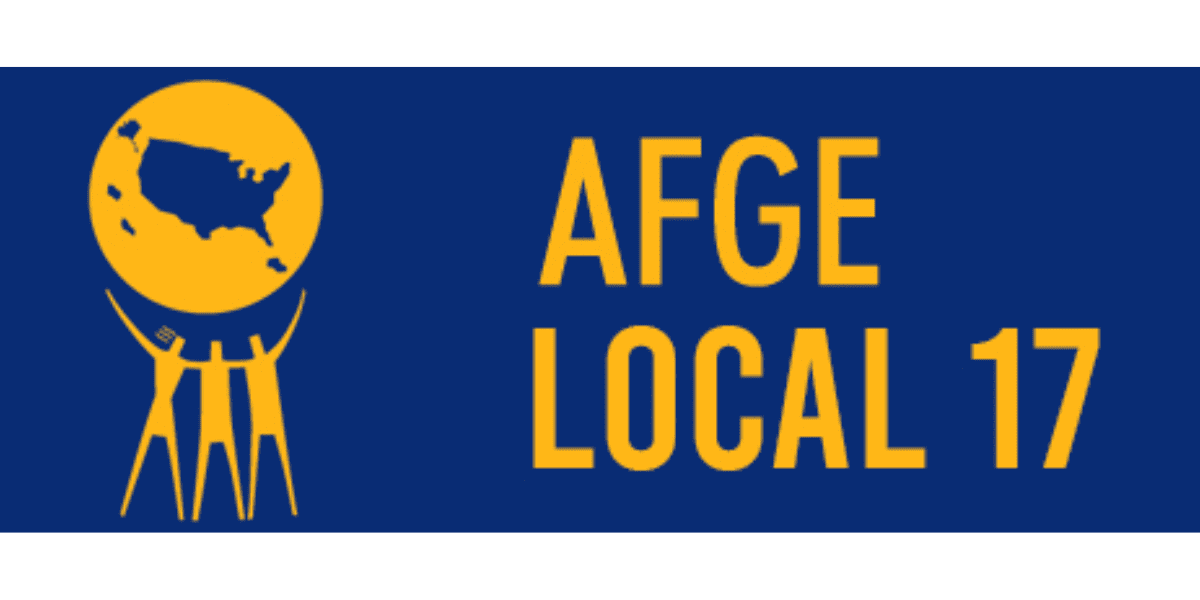The scope of a New York law aimed at empowering tech company employees to keep ownership of their side projects is poised for clarification by courts as they seek to balance intellectual property protection and an effort to draw workers to the state.
Tech worker unions and the tech industry both backed the new law, which is modeled on an older California statute, arguing it will promote innovation in New York and help the state stay competitive by retaining talent.
The measure signed by Gov. Kathy Hochul (D) Sept. 15 puts New York alongside California, Illinois, New Jersey, and Washington in protecting workers’ inventions from assignment-of-rights clauses in their employment contracts as long as creations happened on their own time with personal resources and don’t relate to employer trade secrets. New York’s unique approach to trade secrets and shifting policy around worker mobility creates new questions for courts parsing the extent of the law’s protections.
“The litigation will continue and continue to be messy, and the statute gives the employees some backing, some support,” said Shubha Ghosh, a law professor at Syracuse University and director of the Syracuse Intellectual Property Law Institute. “But it’s not a slam dunk that the employees are now going to win these cases.”
New York Assemblymember Alex Bores (D), a first-term legislator who previously worked in the tech sector, introduced the employee inventions bill with the goal of enticing tech engineers to stay in the state.
There’s a temptation for tech workers to move to states like California given their worker-friendly laws, he said. The Golden State has notably banned noncompete clauses in employee contracts.
Harrison Bronfeld, a software engineer at Google Inc. in New York and head of the state chapter of the Alphabet Workers Union, said he’s also heard from colleagues considering a move out West. But more often, he said he hears coworkers in the cafeteria lunch line complaining they can’t pursue side projects without quitting their job first, or else their employer would claim the rights.
“There’s a reason Silicon Valley is the hub that it is,” he said.
Unions like the Communications Workers of America supported the legislation along with TechNet, a business association whose members include Apple Inc., Amazon.com Inc., Alphabet Inc.’s Google, Cisco Systems Inc., and Meta Platforms Inc.
Big Tech had at least one good reason to back the bill, said Ghosh.
“They do hire employees from smaller startups or other firms. And so they don’t want to get into some sort of dispute with these midsize to small firms saying, ‘Well, no Apple. Okay, you hired our employee but they took our IP so we’re going to sue you now,” Ghosh said. “That’s why the big firms like it.”
Keeping Up With California
New York’s employee inventions law won’t necessarily put workers and businesses on the same legal footing as their California counterparts.
California has “very well-developed” case law from which New York can learn to define provisions such as developing an invention without use of the employer’s equipment or resources, said Kari Barnes, a Los Angeles-based intellectual property lawyer.
For instance, in one 2015 California dispute over patents on toxic gas detection systems for mining, a federal court found in the employer’s favor because it said the employee had used company time and resources in developing the inventions. The company didn’t need to do anything to actively assert its ownership beyond having the employee sign the assignment of inventions contract when hiring him, the court said.
But decisions in California employee invention disputes are underpinned by the state’s public policy favoring worker mobility and banning contracts that function as restraints on trade, according to Barnes.
New York law doesn’t yet include comparably broad protections for worker mobility, although it could be headed in that direction if Hochul signs a ban on employee noncompetes passed in June. Business groups are urging Hochul to narrow that bill, stopping short of an outright ban on the agreements.
“That is one of the bigger indications that New York and other jurisdictions would be more willing to balance that interest between the old employer, the new employer, and the employee themselves,” as opposed to California courts, Barnes said. “They could certainly come to a different conclusion because of that public policy piece.”
In particular, New York might break from California case law on how IP rights apply to inventions that employees develop or finish developing after they’ve left their job.
The US Court of Appeals for the Federal Circuit found in a 2020 decision disputing the rights to surfing-simulation technology patents that California law blocks a former employer from claiming rights to inventions that an employee developed after leaving the company, even if their assignment-of-rights contract says otherwise.
“This really is focused on patents, true inventions. But it could apply to anything, any area of IP,” Russell Beck, a Boston-based attorney who focuses on trade secret cases, said of the New York law. “While you would expect to see it in the tech industry, you could see it in other industries as well.”
Defining ‘Trade Secrets’
A key part of New York law when it comes to trade secrets is how it does and doesn’t define the term.
Common law determines such protections in New York, unlike in the rest of the country.
That could limit employers’ ability to block former employees’ use of company information in various ways, such as a mothballed bit of research or development that an employer isn’t actively using, according to Daniel Siegel of Tully Rinckey PLLC.
“The use of a trade secret must be continuous,” Siegel said.
The definition matters because the new employee invention protections still allow employers to claim ownership if the employee relied on company trade secrets, but the measure’s language stops short of specifically covering other kinds of confidential or proprietary information.
Workers could have more leeway in New York to develop their own IP considering how the state uses common law to define trade secrets, said Jeff Pade, an attorney at Paul Hastings and adjunct professor of trade secrets law at George Washington University Law School.
“The definition of a trade secret is narrower in New York than it is in most states. So that gives the employee more room to be more inventive with other types of information that doesn’t qualify as a trade secret, which is potentially problematic,” he said.
Another gray area for the New York law—like those in other states—is the idea that an employee’s invention isn’t shielded if it applies to their employer’s current or future areas of business or research.
The California and New York laws attempt to protect employers’ interest in future lines of business by exempting the “actual or demonstrably anticipated research or development of the employer.”
Although it creates some uncertainty, “you can see why the company would have a legitimate interest in claiming ownership,” Beck said. Without that provision, “the employee could say, ‘the invention that I have now created takes a step ahead of you because I knew you were headed into that area.”




